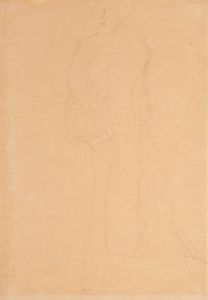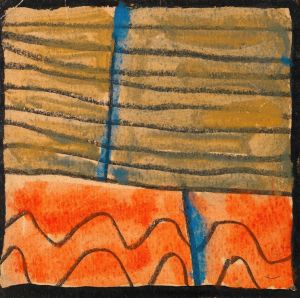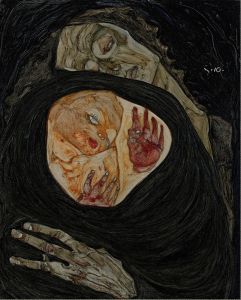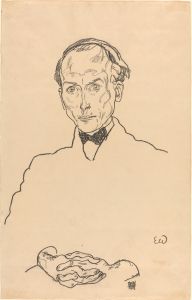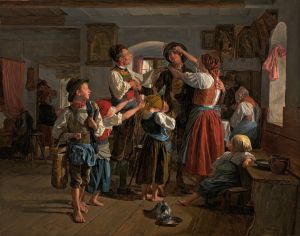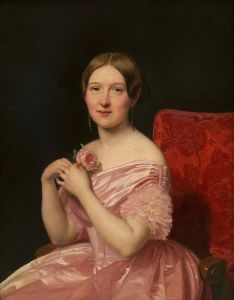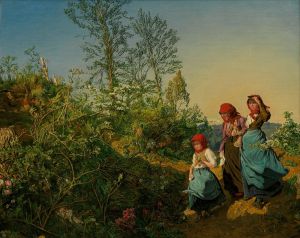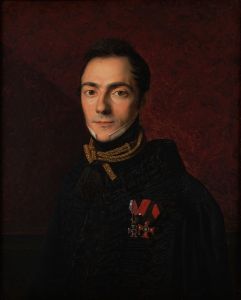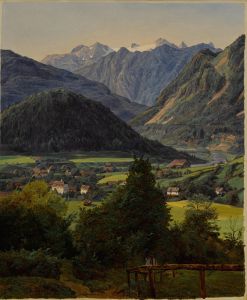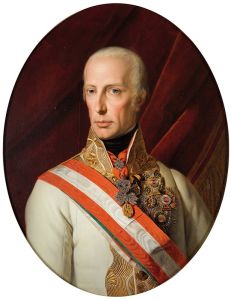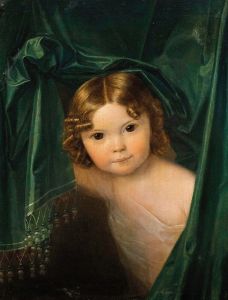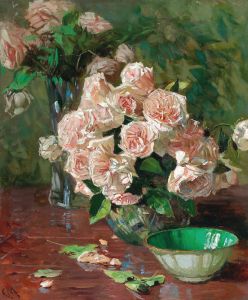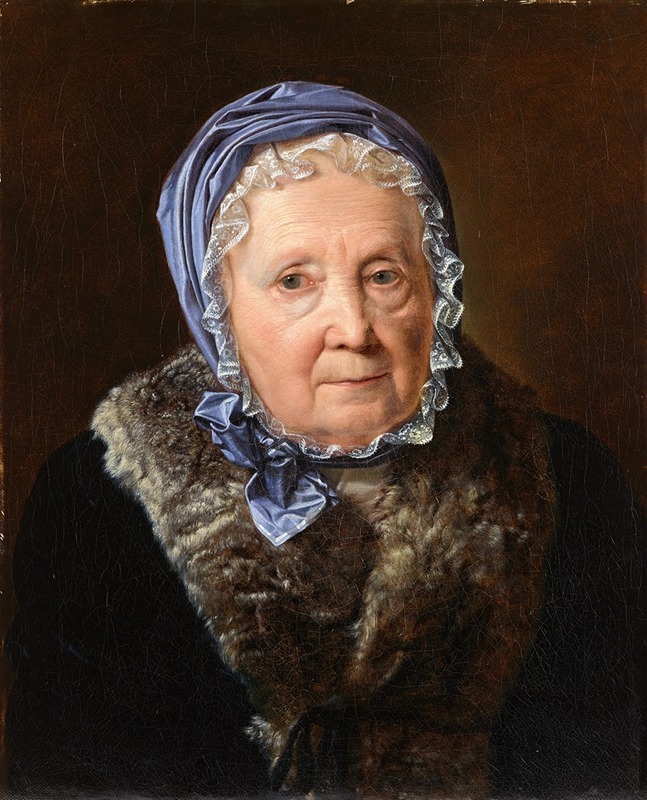
Rosina Wieser im 83. Lebensjahr
A hand-painted replica of Ferdinand Georg Waldmüller’s masterpiece Rosina Wieser im 83. Lebensjahr, meticulously crafted by professional artists to capture the true essence of the original. Each piece is created with museum-quality canvas and rare mineral pigments, carefully painted by experienced artists with delicate brushstrokes and rich, layered colors to perfectly recreate the texture of the original artwork. Unlike machine-printed reproductions, this hand-painted version brings the painting to life, infused with the artist’s emotions and skill in every stroke. Whether for personal collection or home decoration, it instantly elevates the artistic atmosphere of any space.
Ferdinand Georg Waldmüller (1793–1865) was an Austrian painter and one of the most prominent figures of the Biedermeier period. Known for his detailed and realistic depictions of everyday life, landscapes, and portraits, Waldmüller’s works often reflect a deep appreciation for nature and human emotion. One of his notable works is Rosina Wieser im 83. Lebensjahr (Rosina Wieser in Her 83rd Year).
This painting, created in 1858, is a portrait of Rosina Wieser, an elderly woman depicted with remarkable realism and sensitivity. Waldmüller’s attention to detail is evident in the intricate rendering of her facial features, the texture of her skin, and the folds of her clothing. The painting captures the dignity and character of the subject, emphasizing her age and life experience. The artist’s use of light and shadow enhances the three-dimensional quality of the figure, a hallmark of Waldmüller’s style.
The subject, Rosina Wieser, is portrayed seated, wearing a dark dress and a white bonnet. Her expression is calm and introspective, suggesting a sense of wisdom and serenity. The background is simple and unobtrusive, directing the viewer’s focus entirely on the subject. This approach aligns with Waldmüller’s interest in portraying his subjects with honesty and respect, avoiding unnecessary embellishments.
Waldmüller’s work during this period often reflected his belief in the importance of observing and faithfully representing the natural world. His portraits, including Rosina Wieser im 83. Lebensjahr, are celebrated for their ability to convey the individuality and humanity of the sitter. The painting is an excellent example of his mastery in combining technical skill with emotional depth.
Today, Rosina Wieser im 83. Lebensjahr is recognized as a significant work within Waldmüller’s oeuvre. It exemplifies the artist’s contribution to 19th-century portraiture and his role in shaping the artistic identity of the Biedermeier era. The painting is housed in the Belvedere Museum in Vienna, Austria, where it remains an important part of the collection, offering insight into the artist’s approach to portraiture and his broader artistic vision.
This work continues to be appreciated for its artistic merit and its ability to connect viewers with the life and personality of its subject, reflecting Waldmüller’s enduring legacy in the history of European art.





